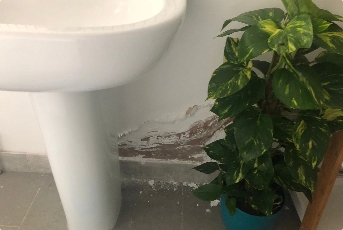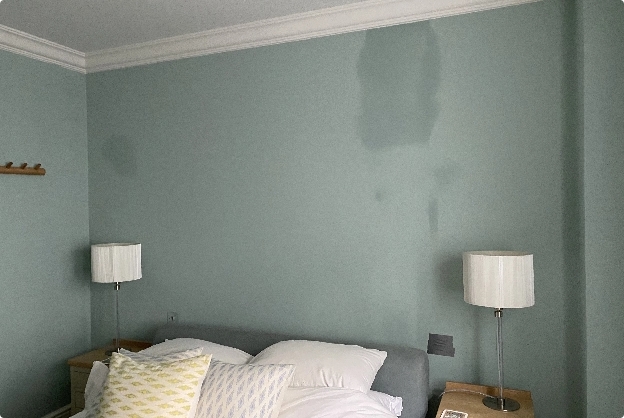Damp vs. Mould: Understanding the Key Differences
Damp and mould are two common moisture-related issues that can affect homes. While they often occur together, damp and mould have important differences. Understanding these key differences is essential for properly identifying and resolving moisture problems in a home.
What is Damp?
Damp is a general term for any unwanted moisture in a home. Sources of damp include rainwater penetration, rising damp from the ground, condensation, and water leaks from plumbing or appliances.
The most common signs of damp are:
- Peeling, bubbling paint and wallpaper
- Stains or tide marks on walls and ceilings
- Musty odours and smells of mould
- Rotting wood and general deterioration
Damp provides the ideal conditions for mould growth. However, dampness itself is not mould.
What is Mould?
Mould is a type of fungus that grows in damp, warm environments. In the home, it typically appears as black, green or grey spots or stains. Mould feeds on traces of natural matter like dust and skin cells.
Mould requires moisture to grow. Common causes of household mould include:
- Excess moisture in the air and surfaces from condensation
- Leaks allowing water into the home
- Flooding or water damage to materials
Mould releases spores that can cause health issues for some people such as coughs, wheezing, and irritated eyes. Extensive mould is a sign of an underlying moisture issue that requires remediation.
Key Differences Between Damp and Mould
While dampness and mould often coexist, understanding the differences between the two is important:
- Damp is moisture in or on surfaces, while mould is a fungus that grows because of dampness. Dampness does not always result in mould if the environment is not right for fungus growth.
- Damp indicates a broader moisture issue like leaks or high humidity. Mould specifically points to excess moisture allowing fungus growth.
- Damp is the cause while mould is the effect. Controlling damp is key to preventing and eliminating mould.
- Signs of damp include peeling paint, tide marks on walls, and rotten wood. Mould appears as coloured spots and stains.
- Damp may not be visible while mould growth is usually apparent. A musty smell can indicate hidden dampness that has created optimal conditions for unseen mould growth.
- Dampness allows mould to thrive, but removing mould will not solve an underlying dampness issue. The moisture source enabling the mould growth must be addressed.
Tackling Damp and Mould
The most effective way to address mould is to identify and rectify the source of dampness allowing it to grow. Common solutions include:
- Quickly fixing any water leaks and pipework problems.
- Improving ventilation to decrease condensation.
- Adding insulation to prevent cold surfaces where moisture condenses.
- Repairing rainwater damage to roofs, gutters, and walls.
Once the dampness source is controlled, existing mould can be cleaned from hard surfaces with fungicidal washes. Porous materials like drywall with severe mould may need replacement.
Regularly checking for early signs of damp or mould allows early intervention before major damage or fungus growth occurs. Small damp patches or limited mould can be easier to treat if caught quickly.
Controlling a home’s dampness helps create an environment where mould cannot thrive. Understanding the link between damp conditions and subsequent mould growth is key to creating a healthier indoor space. Addressing moisture issues proactively can prevent extensive mould infestations down the line.

